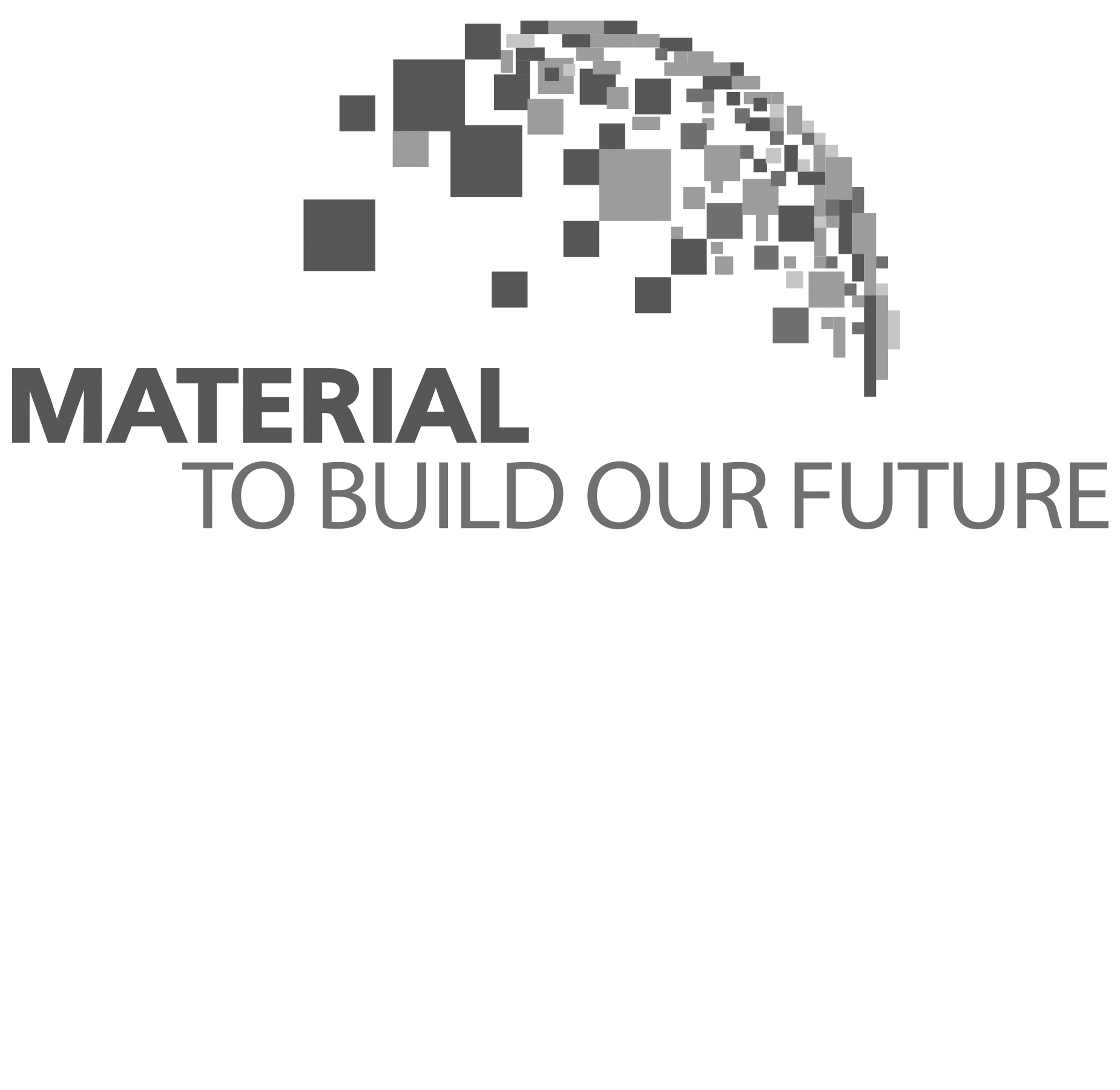
Net Zero Roadmap
The report discusses many aspects of how cement suppliers and cement manufacturers will contribute towards the net zero roadmap.
How Does the Cement Industry Help in the Net Zero Roadmap?
A strategy to minimize and stop carbon emissions from the cement industry – one of the most polluting sectors of the global economy – has been released by forty of the world's top cement and concrete producers.
Members of the Global Cement and Concrete Association (GCCA) have made the pledge. These cement companies together account for around 80% of the market outside of China.
The report discusses many aspects of how cement suppliers and cement manufacturers will contribute towards the net zero roadmap.
Importance of Net Zero Roadmap
A cement company contributes a significant amount of pollution to the environment. After water, concrete is the substance that is utilized the most on Earth and is a key component of contemporary architecture.
The GCCA, PCA, and FICEM are dedicated to increasing the industry's current strides, with innovation playing a crucial role in reaching long-term objectives.
Earlier this year, GCCA announced the first group of start-ups from across the globe to receive support from prominent cement businesses in the first-ever Innovandi Open Challenge to investigate novel technologies for decarbonizing the cement and concrete sector.
Minimizing the Usage of Fossil Fuel
According to the plan, replacing high-carbon clinker, which is the primary component of Portland cement, with lower-carbon materials will help reduce the CO2 footprint of both cement and concrete.
The CO2 footprint may be reduced by a commitment to considerably reduce the use of fossil fuels in manufacturing and to increase the usage of alternative fuels.
The industry has promised that, by 2030, it will construct ten large-scale carbon capture facilities, expanding on the success of existing pilot projects in regions like North America, Europe, India, and China.
The roadmap includes new chemical alternatives for clinker and concrete mix, to build on ideas that are already in the research or development stage.
To progress the research, the GCCA will make use of its worldwide research network, Innovandi. In addition, a global innovation competition will pair start-ups with GCCA member businesses.
To increase efficiency in the design and usage of concrete during construction, the GCCA will develop a procurement framework that the sector may utilize. This will include the utilization of recycled materials, a longer project lifespan, and more effective use of resources.
Government Support
To achieve the goal of making the global cement industry a net zero sector, governments and policymakers around the support must formulate such strategies.
According to the plan, governments, international organizations, and politicians must all do their share to foster the growth of innovative technologies and a circular economy.
Government support is necessary for cement suppliers and cement manufacturers to turn towards sustainable practices without experiencing an initial financial shock.
The organization believes it can achieve net zero emissions even "if the global cement and concrete products market doubles as predicted from $333 billion in 2020 to $645 billion in 2030". GCCA members have pledged to achieve this objective without requiring offsets.
Net zero refers to an entity that contributes zero atmospheric carbon dioxide throughout its whole value chain, such as a company, industrial sector, or nation. Due in major part to the usage of clinker formed from crushed and burnt limestone, cement is a significant source of carbon emissions.
Calcium, a crucial component of cement, is separated from carbon, which is discharged into the environment in this process. Processing the limestone in kilns at temperatures of more than 1,000 degrees Celsius also produces emissions.
Bioenergy and Cement Production
The biggest energy demands are for the manufacturing of paper and cement; in 2050, bioenergy will provide 30% of cement production's energy needs.
As unsustainable traditional uses of biomass vanish, the demand for modern solid bioenergy in buildings will rise to around 10 EJ in 2030, with the majority of this energy going toward the use of better cookstoves.
In affluent countries, the use of bioenergy for space and water heating is also on the rise.
Net Zero Programs
In 2022, GCCA Net Zero Accelerator programs have already begun in Egypt, Colombia, India, and Thailand as the business community steps forward to help the Global South fulfil its net zero promise.
To guarantee that market circumstances and policy levers make low-carbon concrete investable and competitive, industry experts have also recommended more investment and deployment in technologies and innovations, including Carbon Capture and Storage (CCUS) and green procurement.
All in All
A great amount of work is being done to bring sustainability and eco-friendly practices into the cement industry. With more cooperation from cement companies and cement manufacturers, the world is in a good position to achieve the goals of net zero roadmaps.
